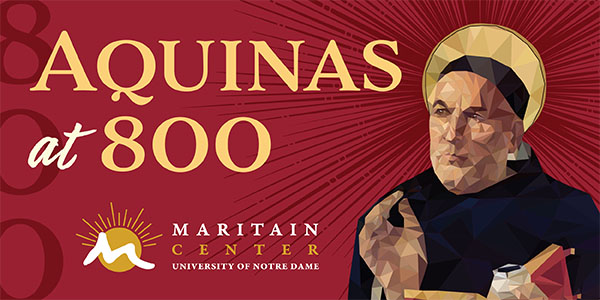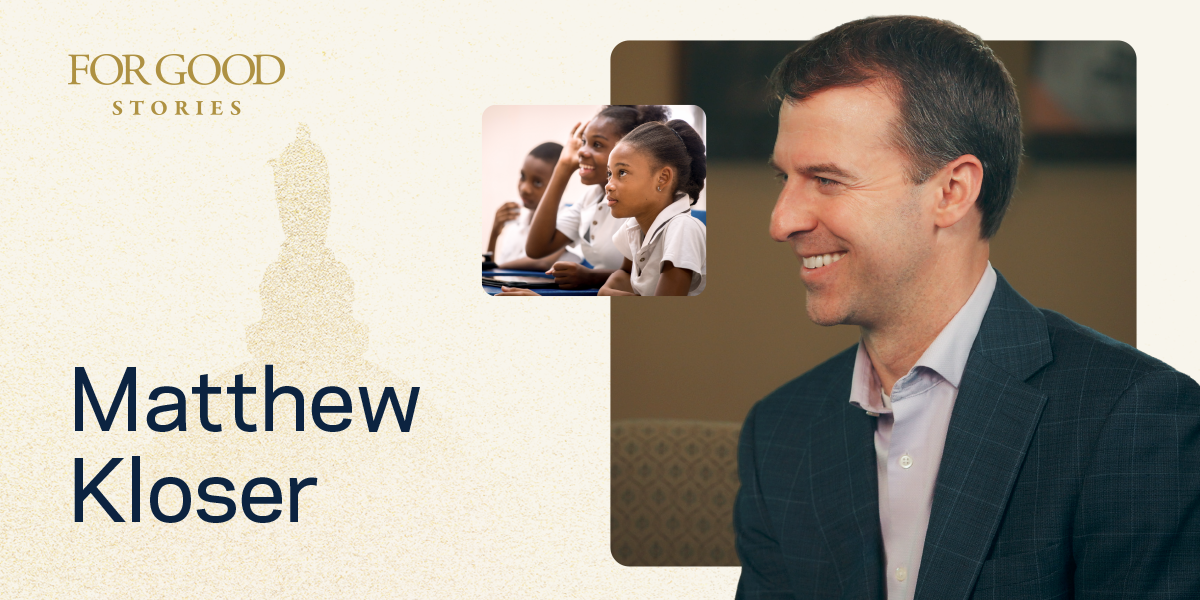The Global Church and Islam series began with an event focused on the Qur’an and the Bible, the most important scriptural sources for Islam and Christianity. Gabriel Reynolds, the Jerome J. Crowley and Rosaleen G. Crowley Professor of Theology at the University of Notre Dame, presented and John Shinkwin, a graduate student in the Notre Dame Department of Theology, moderated. The event focused on the similarities and differences between Islam, Christianity and Judaism, comparing both their scriptures and traditions. Reynolds highlighted the many similarities between these three religions, yet emphasized their unique features as well. He also discussed the work he has done in his studies of the Qur’an and the approach he has taken to studying Islam and its origins.
Shinkwin started the discussion by highlighting the importance of understanding the beliefs of Islam in a world where Muslims and Christians are interacting more frequently. Because these two groups are often the two largest practicing religions in many countries, it is imperative that all understand where the religious beliefs are the same and where they are different. Reynolds then began by discussing the term “Abrahamic religions.” This is a term frequently used to group Christianity, Judaism and Islam based on a common scriptural character, Abraham. Though Reynolds was sympathetic to the criticisms of the term, such as its tendency to make the religions seem more similar than they are, he concluded that it is useful to have a term that identifies Islam as part of the biblical tradition. Though it is not often grouped into this tradition, the Qur’an has many similar characters and stories as the Bible, and this term demonstrates this. However, Reynolds also cautioned participants to see the beauty and unique qualities of each.
Reynolds then moved to discuss his studies of the Qur’an. The Qur’an is a relatively small work, about two thirds the size of the New Testament. It is written and very often proclaimed in Arabic, and is seen as the Word of God received from the Angel Gabriel. In his approach to studying the Qur’an, Reynolds has chosen to focus on the similarities between it and the biblical tradition of Christianity. Muslims believe in God alone, the same as Christians, yet see Muhammed as the messenger of God and Jesus only as a prophet. Because the Qur’an is written in God’s own words, Muslims venerate its beauty and literary quality. Reynolds compared the Qur’an to the Eucharist to emphasize the religious care that Muslims take to recite it and respect its contents.
In response to various questions from Shinkwin, Reynolds discussed specific similarities and differences between the Qur’an and the Bible. Before doing this, Reynolds pointed out that though the Qur’an is very important to the Islamic religion, it is not the only work that is important. Many important religious practices, such as head scarves and circumcision, originate from traditions called Hadith, a body of literature recording the words and deeds of Muhammed. This is similar to the Catholic belief in both scripture and tradition. In comparing the Qur’an and the Bible, the most obvious similarities between the two are common characters, such as Adam, Noah, Abraham, Jesus and Mary, and common stories, such as the creation of the world, the healing of lepers and the raising of the dead. Though there are many differences in the practices of the two religions, many of these practices are based on similar scriptures. The differences arise in what is included in the Bible but not in the Qur’an and vice versa. Unfamiliar stories in the Qur’an include the Nativity of Mary and stories of her mother, Saint Anne. The Qur’an omits many of Jesus’ discourses found in the Gospels. To conclude his presentations, Reynolds highlighted the importance of Mary in both religions. As the example of a faithful woman in both, Mary is a bridge between Islam and Christianity, standing as a sign of hope and friendship between Muslims and Christians.
To conclude the event, Reynolds responded to a series of questions submitted by participants. He discussed the inspiration he has found through his studies of the Qur’an and highlighted its beauty in articulating the mercy of God, His willingness to send prophets to guide the faithful to salvation. Though many practices of Islam and Christianity differ, Reynolds highlighted the prayers and fasting that Muslims are required to do. In comparison, the requirements of the Catholic faith are relatively minimal: attending church on Sundays, fasting only during Lent, etc. Catholics can learn from the dedication of Muslims to prayer five times per day and continuous fasting during the month of Ramadan. Though the religions are very different, it is possible to become a better Christian by studying the scripture and traditions of Islam. Before ending the event, participants were sent to discuss with their community circles in breakout rooms. They were asked the following questions: What is a fruitful way for Christians to approach the Qur’an? What can be learned from it? Do Christians have a similar veneration for the Bible?
Visit the event page for more.









